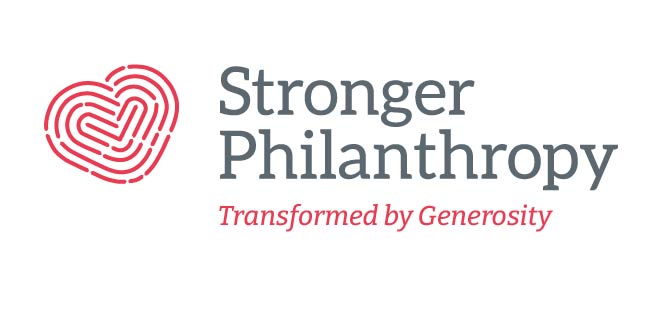Nick Cooney’s 2015 provocative book, How to Be Great at Doing Good: Why Results Are What Count and How Smart Charity Can Change the World, helps donors consider that giving well is laden with both responsibility and opportunity. It’s easy to fall into a rut where we routinely give to the same organizations year after year, and fail to use our giving potential as a lever for more strategic purposes to create real change.
Our society has deep misconceptions about charities. Cooney argues that many of us tend to see charity as “a warm, fuzzy thing and that as long as our intentions are good we should be applauded. We are not taught to think rigorously about our approach. We are not taught how to succeed at doing good, or even that success is what matters. So we aren’t in the habit of making calculated decisions when it comes to doing good….” (p. 6)
Cooney summarizes his book with a final chapter on “Nine Steps to Greatness” which is a thought-provoking checklist of qualities that will inspire anyone in the non-profit sector, giver and implementer alike, to consider the cost of giving well. Provided below is the checklist; read the whole chapter for greater detail.
Nine Steps to Greatness:
- Get Serious
- Never Forget the Goal of Charity
- Shun Fuzzy Thinking and Feel-Good Rhetoric
- Be Aware of the Psychological Biases We All Have
- Be Willing to Face the Hard Facts
- Define and Make Decisions Around a Bottom Line
- Measure, Measure, Measure
- Give Non-Profits the Incentive to Be Great
- Remember, Never Forget the Goal of Charity
If you read through the list carefully, you’ll notice he repeats one of the steps. Remembering the goal of charity is paramount, says Cooney, and it bears repeating. He believes that “Charity should not be about us. It is not about what we want, what we enjoy, or what we are drawn to. It is not about feeling good, or proving we are good people. It is about reducing as much as possible the very real suffering of others that occurs just outside our sights… The challenge is keeping that goal in mind at all times and having the self-discipline to base our charity decisions around it.” (pp. 166-167)
We’ve developed tools that givers can use to make effective giving decisions. Clients of Stronger Philanthropy have access to these resources and are making smart charitable investments. Contact us if you’d like to know more.

